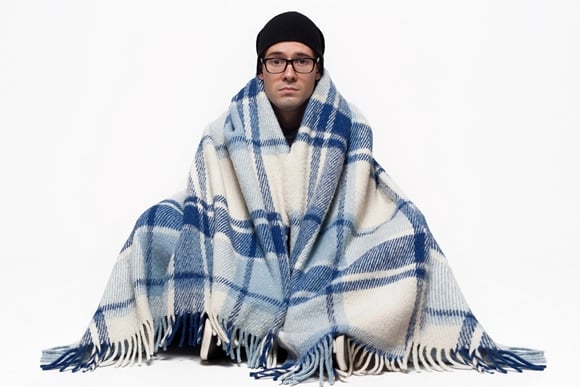
April 2014


As Telegraph eco columnist and Remodelista editor, Sarah Lonsdale puts it, ‘People talk about ‘eco-bling’ – wood burners and solar panels, but sometimes it’s the boring things like floors and insulation that make the biggest difference.” And we completely agree with her.
When it comes to improving home insulation, floors don’t often figure high in most people’s priority list. But in many homes, it is the uninsulated floors that spring the surprise when the heating bill comes in. Nearly 20-30% of heat is estimated to be lost through floors with poor insulation.
But the good news is, a wide range of cost-effective thermal insulation materials are available today, tailored to suit different types of floors and floor constructions. From extruded polystyrene blocks to foam sheets, glass fiber and rock wool to cork, there is an extensive variety out there to choose from.
For concrete slab floors, the thermal insulation is usually installed above a Damp Proof Membrane (DPM), laid on top of the concrete floor base. A slip-sheet is then placed above to act a vapour control layer, followed by a layer of screed and the final floor cover.
The insulation layer is laid under the heating elements for floors with underfloor heating. This is then followed by the screed layer which takes on the role of a levelling layer, as well as a conducting layer that transfers heat to the floor top.
The thickness of the insulation material required is usually assessed by calculating the U value for the building. The U value is a measure of the heat loss in a particular buiding element such as the floor, walls or roof. Several thermal insulation suppliers such as Celotex provide U Value calculators on their websites.
At HomeScreed we have a dedicated team who can assist you in selecting the comprehensive thermal/acoustic insulation and screeding solution suited for your specific requirement. To request a quote or to know more, call us today at 0845 500 4055.